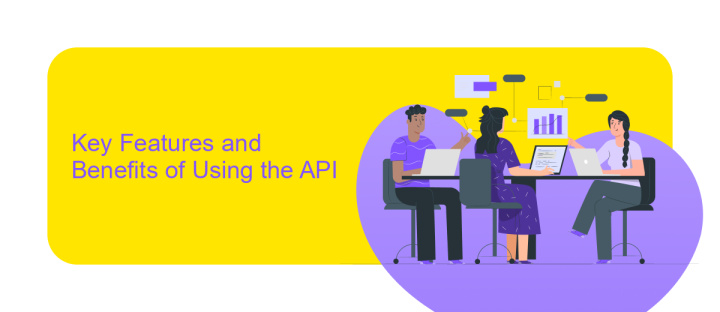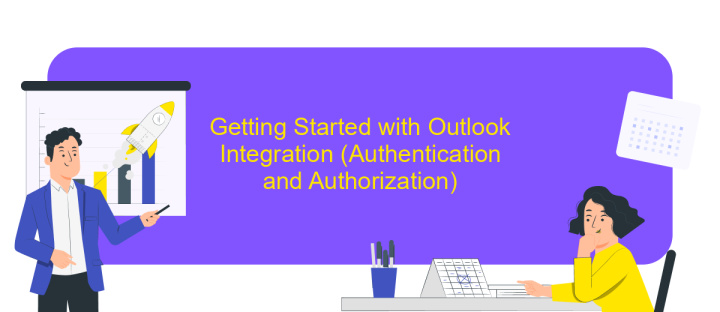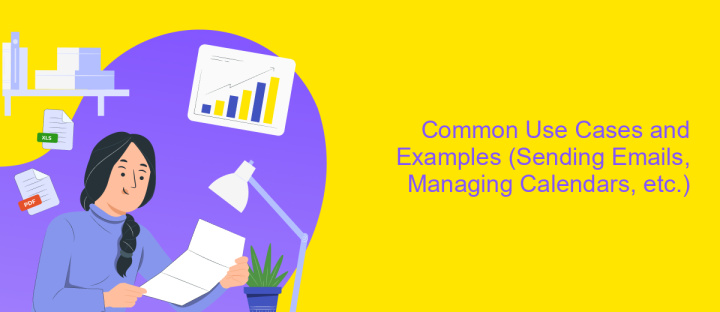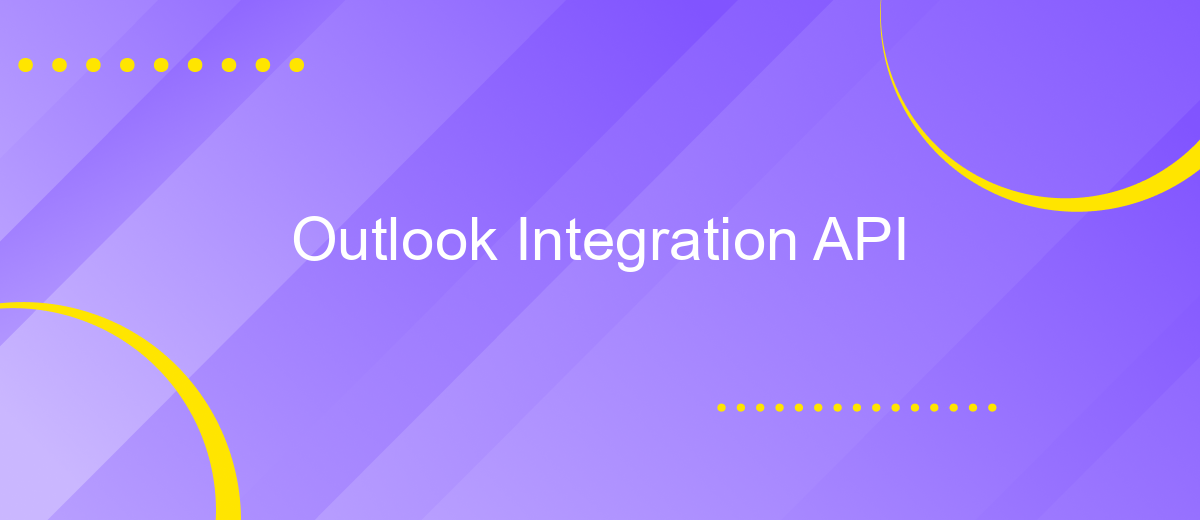Outlook Integration API
The Outlook Integration API offers developers a powerful toolkit to seamlessly connect their applications with Microsoft Outlook. By leveraging this API, you can enhance productivity and streamline workflows by enabling access to emails, calendars, contacts, and tasks directly from your application. Whether you are building custom solutions for enterprise environments or personal productivity tools, the Outlook Integration API provides the flexibility and functionality needed to create a cohesive user experience.
Introduction to Outlook Integration API
The Outlook Integration API offers developers a robust framework for seamlessly integrating their applications with Microsoft Outlook. This API provides a wide range of functionalities that enable applications to interact with Outlook's core features, such as emails, calendars, and contacts, enhancing productivity and user experience. By leveraging the Outlook Integration API, developers can create custom solutions that cater to specific business needs, automate workflows, and improve data synchronization across platforms.
- Access and manage emails, calendars, and contacts.
- Automate routine tasks and workflows.
- Enhance data synchronization across multiple platforms.
- Customize user experiences with tailored solutions.
- Integrate third-party applications with Outlook's core functionalities.
Utilizing the Outlook Integration API, businesses can streamline their processes and improve communication efficiency. The API's comprehensive documentation and support make it accessible for developers of varying skill levels, ensuring that they can effectively implement and maintain their integrations. As a result, organizations can achieve greater operational efficiency and deliver enhanced services to their users, all while maintaining a seamless connection with Outlook's powerful suite of tools.
Key Features and Benefits of Using the API

The Outlook Integration API offers a powerful suite of features designed to enhance productivity and streamline communication. By enabling seamless integration with Outlook, this API allows developers to create custom applications that can access emails, calendars, and contacts effortlessly. Users benefit from real-time data synchronization, ensuring that information is always up-to-date across all devices. The API's robust security protocols protect sensitive data, making it a reliable choice for businesses of all sizes. Additionally, its user-friendly documentation and extensive support make it accessible even to those with limited technical expertise.
One of the standout benefits of using the Outlook Integration API is its flexibility in automating workflows. With tools like ApiX-Drive, users can easily set up integrations without writing a single line of code, saving time and reducing errors. This service enables businesses to connect Outlook with other applications, facilitating smoother operations and improved efficiency. By leveraging these capabilities, organizations can enhance collaboration, reduce manual tasks, and focus on strategic initiatives that drive growth. The Outlook Integration API thus serves as a vital tool in the modern digital workplace.
Getting Started with Outlook Integration (Authentication and Authorization)

Integrating with Outlook through its API requires a solid understanding of authentication and authorization processes. This ensures that your application can securely access and interact with user data. Before diving into technical details, ensure you have a Microsoft account and access to the Azure portal where you'll register your application.
- Register your application in the Azure portal to obtain essential credentials like the Application ID and secret.
- Configure API permissions to define what data your application can access. Common permissions include reading emails, accessing calendar events, or managing contacts.
- Implement OAuth 2.0 for authorization. This involves redirecting users to a Microsoft login page to grant your app the necessary permissions.
- Handle tokens securely. After authorization, you'll receive access tokens to authenticate API requests. Ensure these tokens are stored securely and refreshed as needed.
By following these steps, your application can seamlessly integrate with Outlook, providing users with enhanced functionality while maintaining robust security standards. Always stay updated with Microsoft's API documentation for the latest features and security practices.
Common Use Cases and Examples (Sending Emails, Managing Calendars, etc.)

Outlook Integration API provides seamless interaction with Microsoft Outlook, enabling developers to enhance productivity and streamline workflows. This powerful API allows applications to access and manipulate Outlook data, offering a range of functionalities to optimize communication and scheduling processes.
One of the primary uses of the Outlook Integration API is in sending emails programmatically. This feature is essential for applications that require automated email notifications or bulk email dispatches. Additionally, the API facilitates efficient calendar management, allowing users to create, update, and delete events, ensuring well-organized schedules.
- Automated email sending for notifications and alerts
- Calendar event creation and management
- Contact information synchronization
- Task management and tracking
By leveraging these capabilities, businesses can automate routine tasks, reduce manual errors, and improve overall efficiency. Whether it's for personal use or enterprise-level applications, the Outlook Integration API provides robust solutions for managing communication and scheduling needs, making it an indispensable tool for developers aiming to integrate Outlook functionalities into their applications.
Best Practices and Troubleshooting
When integrating with the Outlook Integration API, it is essential to follow best practices to ensure smooth functionality. Begin by thoroughly understanding the API documentation to avoid common pitfalls. Regularly update your integration to align with the latest API changes and security protocols. Implement robust error handling to manage unexpected issues gracefully. Testing in a controlled environment before deployment can help identify potential problems early, ensuring a seamless user experience.
If you encounter issues, troubleshooting is vital. Start by checking your API credentials and network connectivity. Utilize logging to track and diagnose errors efficiently. For complex integrations, consider using a service like ApiX-Drive, which simplifies the process by providing pre-built connectors and automation tools. This service can save time and reduce errors by streamlining data transfers between Outlook and other platforms. Always maintain a backup of your integration settings to quickly restore functionality in case of failure. By adhering to these practices, you can enhance the reliability and efficiency of your Outlook API integrations.
FAQ
What is Outlook Integration API, and how can it benefit my organization?
How do I get started with using the Outlook Integration API?
Can I automate data synchronization between Outlook and other applications?
What are some common use cases for the Outlook Integration API?
Are there any tools available to simplify the integration process with Outlook?
Apix-Drive is a simple and efficient system connector that will help you automate routine tasks and optimize business processes. You can save time and money, direct these resources to more important purposes. Test ApiX-Drive and make sure that this tool will relieve your employees and after 5 minutes of settings your business will start working faster.

